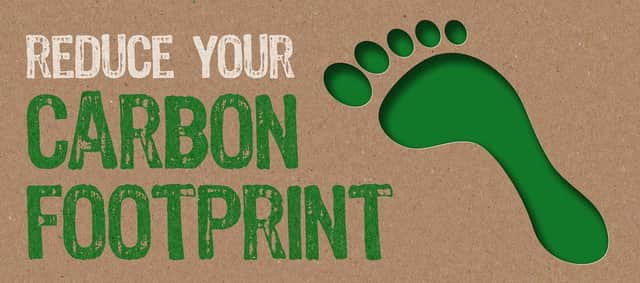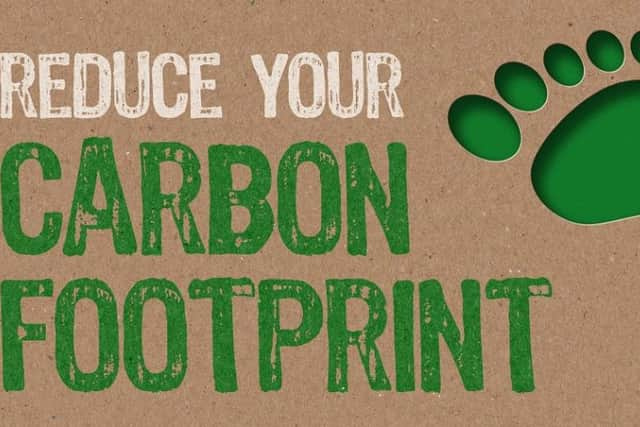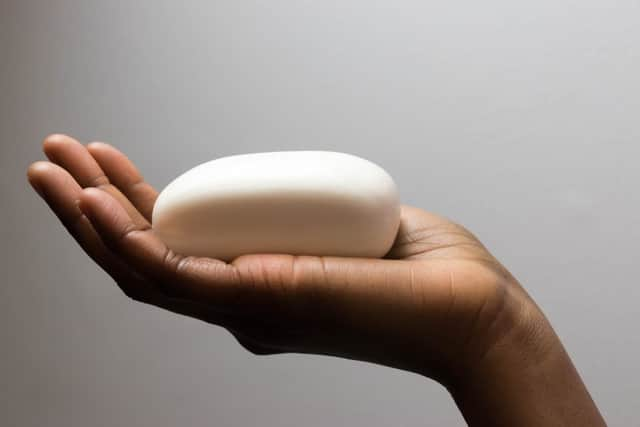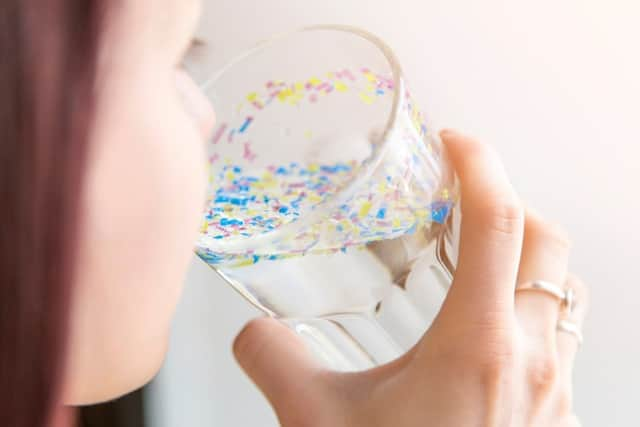Make 2022 the year that you reduce your carbon footprint


Green campaigner and consumer expert, Angela Terry, separates climate change facts from fiction and explains how you can take simple, practical steps to help save the planet. Follow @ouronehome & visithttps://onehome.org.uk/ for more advice.
Reducing your carbon footprint
Q: When it comes to making New Year’s resolutions, I want to do my bit for the planet.
What are the things that will have the most impact?
Advertisement
Hide AdAdvertisement
Hide AdA: New Year is a fantastic time to press the reset button and reconsider your lifestyle.
You can make so many creative changes that will cut your carbon footprint and bring other benefits, not least saving you money.


Reduce your carbon footprint (photo: Shutterstock)
Here are my top five most effective personal climate actions ...
1 Switch to a low carbon diet
Eating less meat and dairy is the best route to a low carbon diet.
Globally, the meat industry generates nearly 20 per cent of the human-made greenhouse gases that are accelerating climate change.
Advertisement
Hide AdAdvertisement
Hide AdBuying seasonal and locally-grown food helps reduce your carbon miles from food too.
2 Travel sustainably
Transport is the main source of carbon dioxide and toxic air in the UK.
To counter this, many people are walking more. Like cycling, it’s also a great way to stay active.
Using public transport for longer journeys helps free up cities and reduces congestion.
Advertisement
Hide AdAdvertisement
Hide AdIf you need to drive, consider joining an electric car club or lift- sharing.
3 Make your home warmer
Insulation has the biggest impact on energy conservation in the home.
Top up your loft insulation to 30cm and fill cavity walls to keep warm air in your house.
Simple DIY tasks can make a big difference to cutting your energy bills and saving carbon.
Advertisement
Hide AdAdvertisement
Hide AdEasy wins include draught-proofing windows and doors, secondary film glazing on windows, smart thermostats set at 19C and using thermal lining on curtains and black-out blinds at night.
4 Choose consciousconsumerism
After Christmas, the feeling of having too much stuff can be overwhelming.
Your bins are full and you’re left wondering which books and clothes can go to charity shops.
Make a New Year’s pledge to be more considered about your purchases.
Advertisement
Hide AdAdvertisement
Hide AdWhen you’re tempted to buy something, ask yourself, do you need it? Is it available second-hand?Could you borrow it from a friend?
5 Raise your voice
One of the most important things is to make your voice heard by those who make decisions – your MP and local councillors.
You can write to them, visit them in their surgeries, engage them on social media or at events.
To drive the momentum for change, it’s also important to raise awareness of the climate emergency among people who are not yet engaged.
Advertisement
Hide AdAdvertisement
Hide AdAsk open questions like “How do you feel about climate change?” and listen to their answers. Gently question any misinformation and explain the reasons you’ve taken certain steps.
Celebrity spot


Inspired to leave a better world for his grandchildren, former football boss and I’m a Celebrity ... Get Me Out Of Here! winner Harry Redknapp lives with his wife Sandra in a custom-built eco home in a posh suburb of Poole, Dorset.
A home that was completed just this year, it is powered by roof-top solar panels and heated by an air-source heat pump.
The property also features an electric car charging point and it also features a smart meter, to keep a track of how much energy is being used in the home.
Green swap
Advertisement
Hide AdAdvertisement
Hide AdYou can swap that plastic bottle of shower gel for a bar of soap.


You can swap it for one without any plastic packaging, which would be better still!
You can even buy solid bars of shampoo and conditioner if you want to really clean up that bathroom shelf.
Microplastics and how best you can avoid them


Microplastics are tiny pieces of plastic, less than five millimetres across.
Advertisement
Hide AdAdvertisement
Hide AdLargely invisible to the human eye, most are created when larger pieces of plastic break down in our homes, washing machines and rubbish dumps.
Over the last century, the use of plastic has exploded. As most plastic isn’t recycled, more and more of it has piled up in landfill.
The resulting microplastics have polluted our rivers, oceans and soils. Indeed, scientists have found microplastics pretty much everywhere – even the Arctic.
Despite being so tiny, microplastics are hugely harmful.
They can break down the structure of the soil and hurt the essential creatures that live there, especially worms, on which we depend for fertile soils and healthy crops.
Advertisement
Hide AdAdvertisement
Hide AdOnce microplastics have been washed into rivers – by rain or agricultural run-off – they then end up in the sea, where they accumulate and can be lethal to marine life.
There are consequences for human health, as microplastics are in our drinking water and the food we eat.
They’re even settling in dust around our homes, meaning we’re inhaling them too.
Some of these particles carry carcinogenic or mutagenic chemicals, meaning they potentially cause cancer.
Here are two things you can do to help ...
Avoid single-use plastics
Advertisement
Hide AdAdvertisement
Hide AdCarry a refillable water bottle and coffee cup. Drink tap water instead of bottled.
Try not to buy fruit and veg wrapped in plastic. Instead consider shopping at your local farmer’s market or independent greengrocer.
If you can, buy laundry detergents and cleaning products from shops offering refills. Wherever possible, go for products wrapped in card, foil or paper. No packaging is obviously best of all.
Ditch synthetic fabrics
Microplastics are a fashion issue too.
Most of the fast fashion items we buy from the high street are made from synthetic fabrics, like polyesters and nylons.
Advertisement
Hide AdAdvertisement
Hide AdTheir fibres are basically forms of plastic. Every time we put a wash on, we release an average of nine million microplastics, in the form microfibres, into the water system.
As most wastewater treatment plants can’t filter them out, 35 per cent of the microplastic in the ocean comes from our washing machines.
The best thing you can do is try, where possible, to buy clothing made from natural fabrics, like cotton, bamboo or linen.
Some microfibre filters, like one called Planet Care, are available to retrofit to your washing machine. You can also buy bags that trap them, although these are less effective.
Fact or fiction
Advertisement
Hide AdAdvertisement
Hide AdPlant milks are more eco-friendly than cow milk. True! Dairy produces more greenhouse gas emission and uses up more water than plant-based alternatives.
Oat milk is most sustainable and happens to taste delicious in your cappuccino too!
Other green articles:
https://www.yorkshireeveningpost.co.uk/read-this/saving-the-planet-how-we-can-all-do-our-bit-3474742
Advertisement
Hide AdAdvertisement
Hide Ad